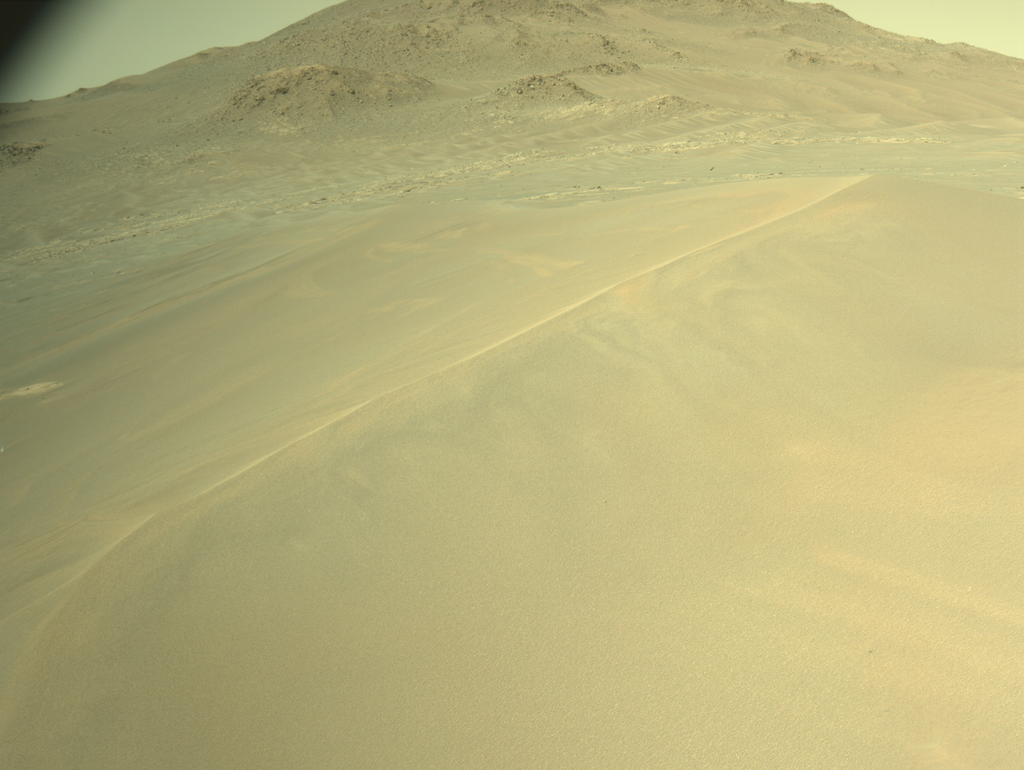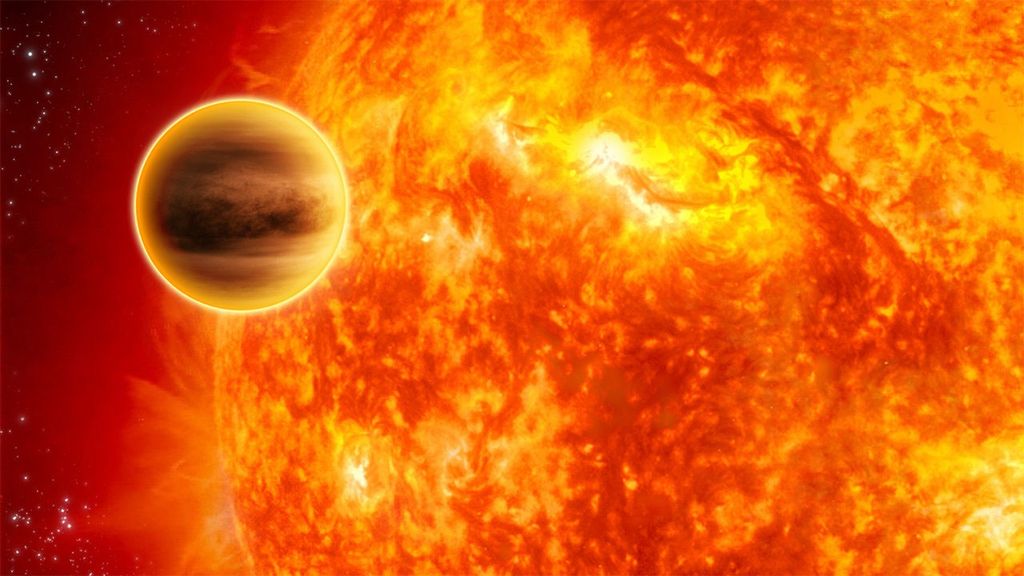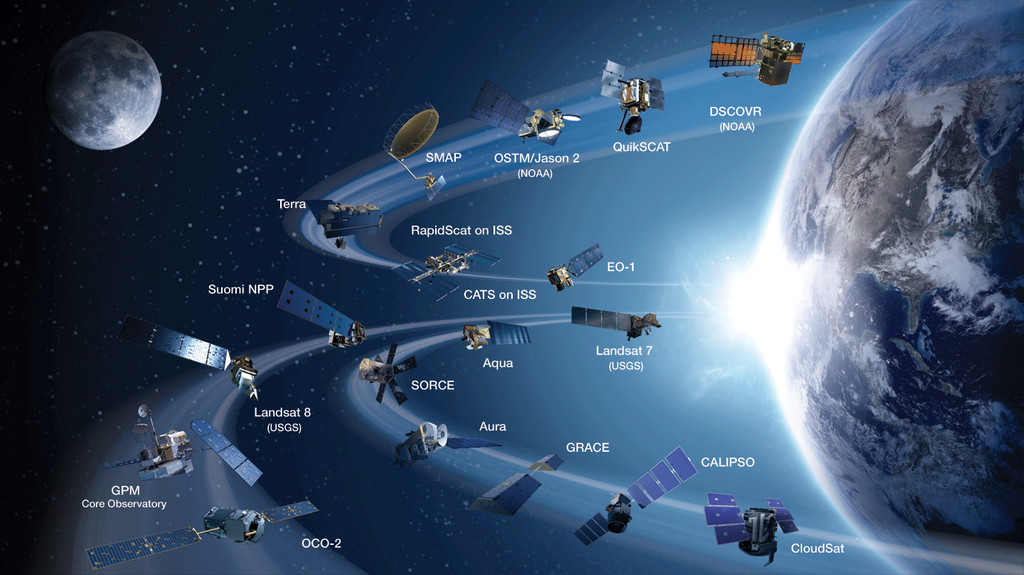Science Interest Group
Stars
Stars Science Interest Group (Stars SIG) will help NASA understand and implement recommendations from the upcoming decadal survey in the area of stars and stellar populations.
About Stars SIG
Stars and Stellar Populations
The Cosmic Origins program is forming a science interest group (SIG) that will help NASA understand and implement recommendations from the upcoming decadal survey in the area of stars and stellar populations.
This group will also sponsor discussions, research seminars, and periodic meetings.

News & Events
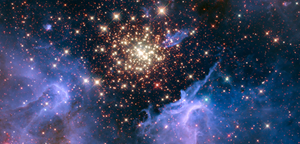
Leadership Council Name Affiliation and Email Yuan-Sen Ting Australian National UniversityEmail Keith Hawkins University of Texas – AustinEmail Jennifer Johnson Ohio State UniversityEmail Racheal Beaton Princeton / CarnegieEmail Ting Li University of TorontoEmail Kathleen Kraemer Boston CollegeEmail Philip Mocz Lawrence…
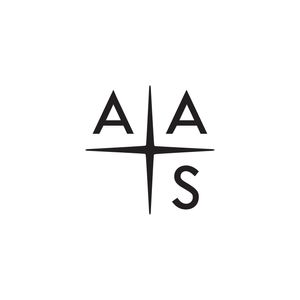
Sunday January 12, 2025 Cosmic Origins Program Analysis Group (COPAG) Time Topic Speakers 9:00am – 9:30am COPAG Introduction and Updates [PDF] Shouleh Nikzad, Peter Kurczynski 9:30am – 10:55am Galaxies / Stars / DGCE SIG The Need for Space-Based IFU Spectroscopy…

Join the Cosmic Origins team for the 245th Meeting of the American Astronomical Society at National Harbor, MD in the Washington DC area. Cosmic Origins and Joint Program Analysis Group activities will be scheduled from 9a to 6p Eastern, Sunday,…

Saturday January 6, 2024 Physics of the Cosmos & Cosmic Origins + Astronomy on Tap event Time Topic Speakers 7:00pm – 9:00pm Supermassive Black Holes: Monsters of the Universe. Ryan Hickox (Dartmouth College) 7:00pm – 9:00pm Trivia Game 7:00pm –…

Connecting Galaxies Near and Far with Early JWST Observations Nicha Leethochawalit (Melbourne / NARIT) Physical properties of Galaxies at 7 < z < 9: constraining the evolution of star-forming main sequence using age of the galaxies Sandro Tacchella (Cambridge) Insight…

The First Settlers of the Universe (Are Also in our Backyard) Anirudth Chiti (Univ of Chicago) Mapping the Most Metal-Poor Stars in the Milky Way’s Dwarf Galaxies – Current Science and Connections to Upcoming surveys Teresa Hansen (Stockholm) The past,…
Leadership Council
| Name | Affiliation and Email |
|---|---|
| Yuan-Sen Ting | Australian National University |
| Keith Hawkins | University of Texas - Austin |
| Jennifer Johnson | Ohio State University |
| Racheal Beaton | Princeton / Carnegie |
| Ting Li | University of Toronto |
| Kathleen Kraemer | Boston College |
| Philip Mocz | Lawrence Livermore National Laboratory |
| Derek Buzasi | Florida Gulf Coast University |
| Rosemary Wyse | Johns Hopkins University |
How to Participate
We invite participation from the community, particularly from early-career researchers and those from under represented backgrounds in astronomy. Please contact us for more information about our activities and mission, and how you can get involved.
Contact Us about How to Participate
News Straight to Your Inbox
Subscribe to your community email news list
We will never share your email address.




